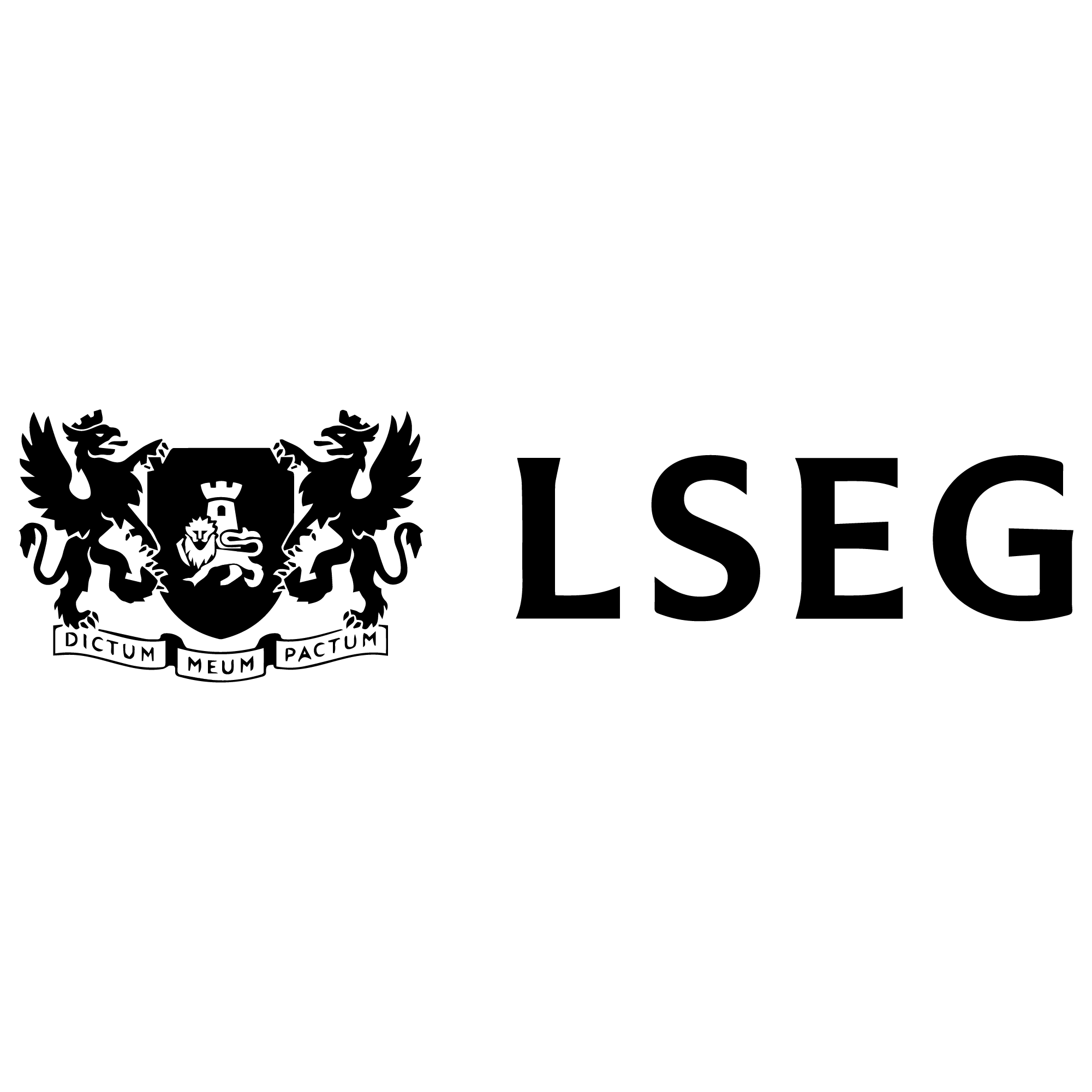
Succession
Succession
Your next leaders aren’t sitting in a static chart—they’re already in your business, growing. The real question: will you see them before someone else does?
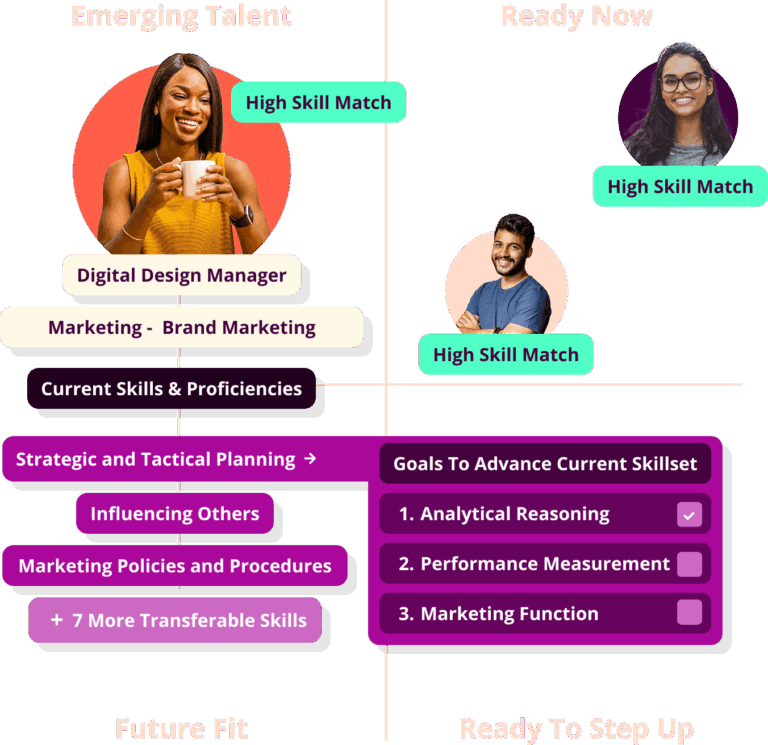
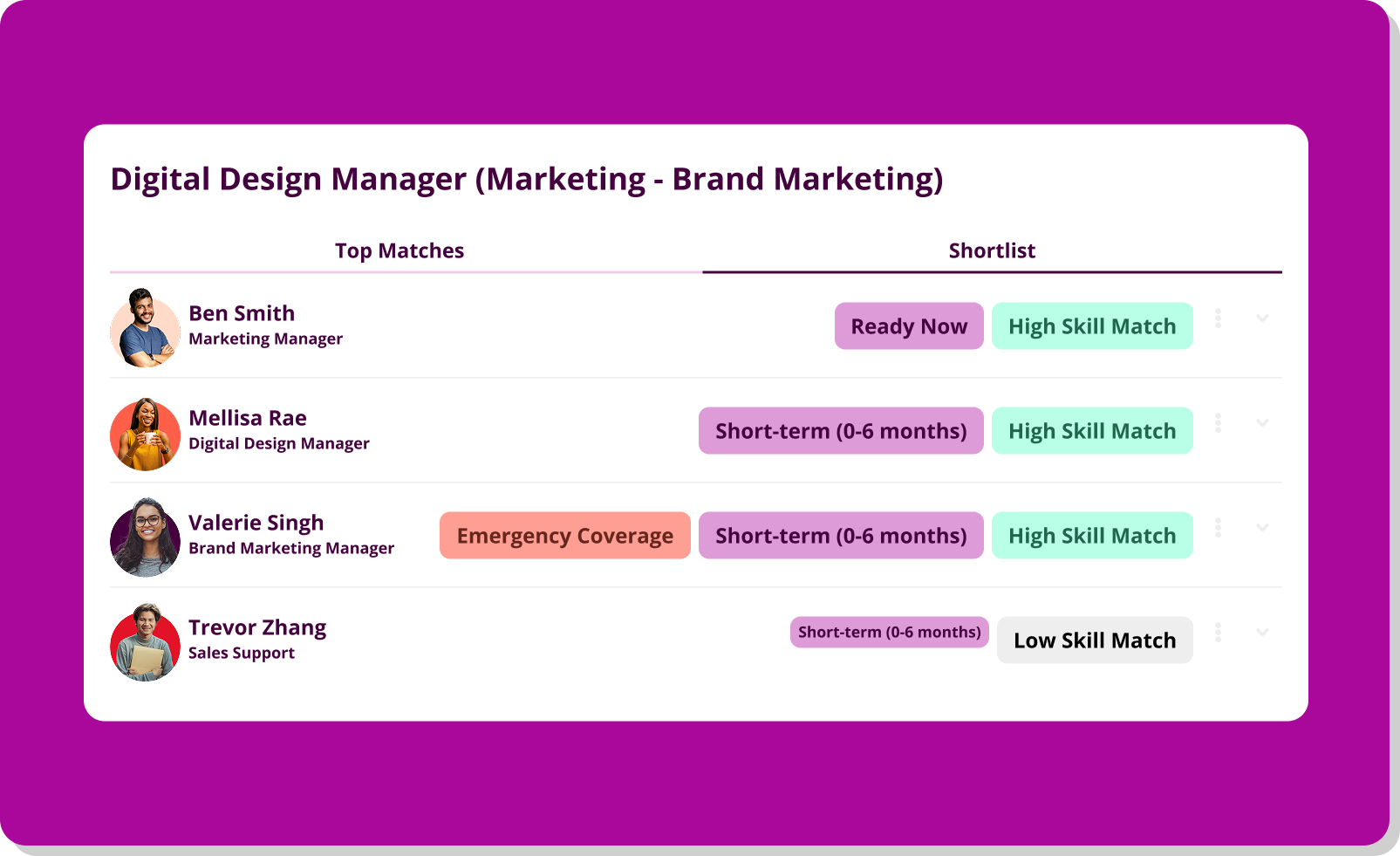
Automate pipeline creation: Generate role-based pipelines by unit, function, or role—automatically filled with best-fit candidates powered by trusted skills data.
Scale shared ownership: HR, managers, and execs can co-own pipelines with built-in notes, annotations, and communication tools. Accountability, distributed.
Customize for your structure: Configure pipelines to suit roles, business units, or other company structures – plus integrate demographics for tailored insights. Succession your way.
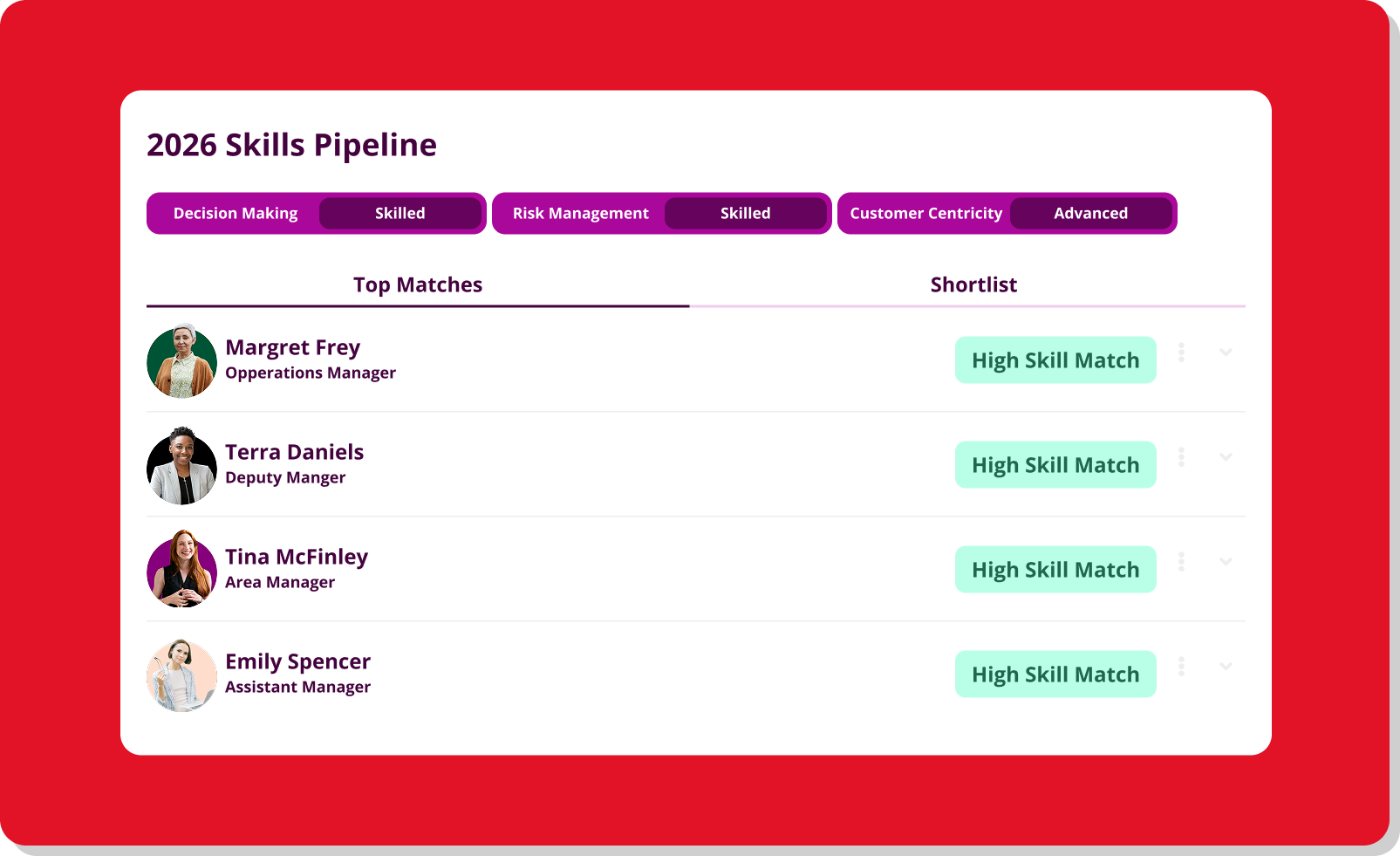
Fuel50’s Skills Pipelines surface candidates by skills, not job title. Roles evolve. Skills endure. That means your succession strategy stays focused on the capabilities that drive growth and competitive edge.
Plan strategically: Search by skills to build pipelines around the critical capabilities you need now and in the future.
Shorten time-to-fill: Find overlooked talent across the org with the exact skills to step in—fast.
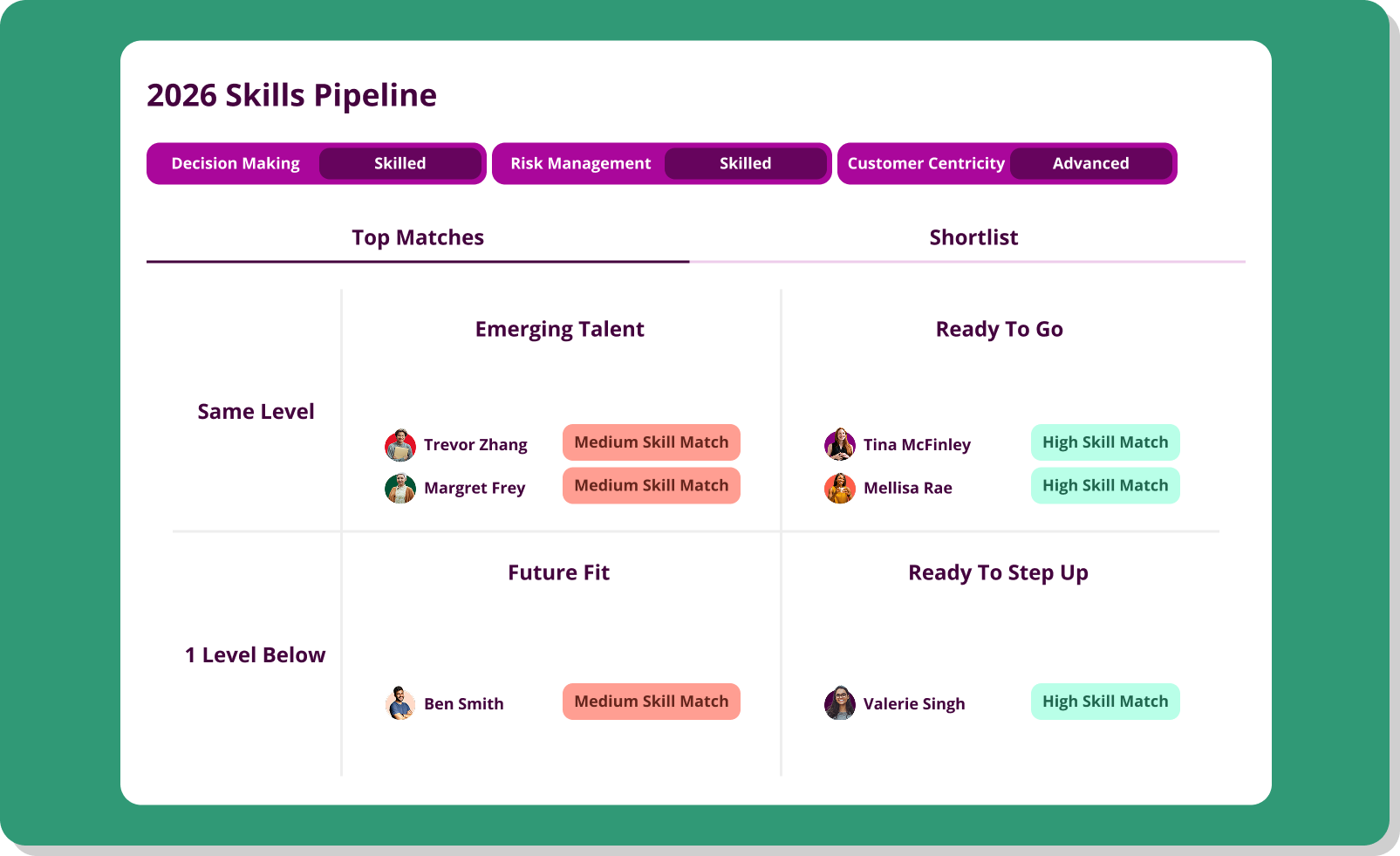
Fuel50’s Talent Matrix uses multidimensional skills data to show who’s genuinely ready for critical roles. It’s a clear, objective view of readiness—no politics, no guesswork.
Assess readiness at every level: “Ready now,” “Ready soon,” or “Emergency coverage”—see it all at a glance.
Make fair decisions: Reduce bias with skills-based indicators that keep succession planning equitable.
Spot hidden talent: Uncover employees traditional reviews miss—but who have the signals to succeed.

Rush Enterprises
Fuel50’s Succession is scalable, skills-first, and strategy-aligned. It gives you clarity, focus, and trusted insights—so you can:
Align succession with broader workforce strategy.
Reduce leadership risk with proactive talent planning.
Build resilient pipelines that keep your edge sharp.
It’s about empowering HR and leaders with agile, skills-powered tools that cut silos, lower admin burden, and deliver real-time insights. Smarter decisions. Faster deployment. Continuous leadership development across every level – all fuelling your competitive edge and strengthening your organization’s resilience.

The future of leadership isn’t static—it’s skills in motion. Don’t wait until it’s too late. Talk to an expert and see how Fuel50’s Succession builds stronger, more resilient pipelines for your business.
